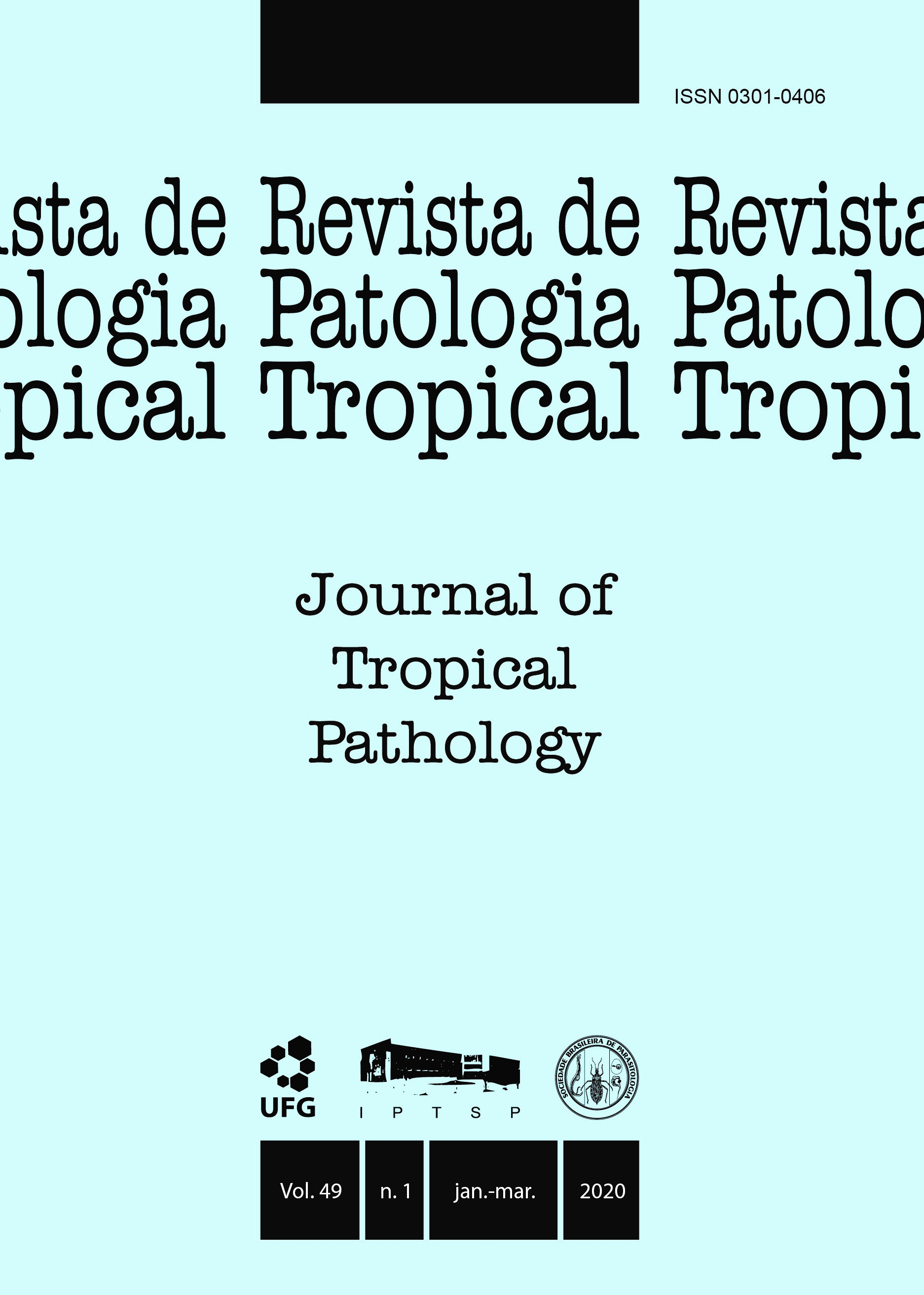CHARACTERIZATION OF STAPHYLOCOCCUS SPECIES ISOLATED IN PRODUCTION STAGES OF BRAZILIAN COLONIAL CHEESE
DOI:
https://doi.org/10.5216/rpt.v49i1.60380Resumo
Colonial cheese is a culturally and economically important product from the south of Brazil. As most of its production is artisanal, the technology employed is mostly knowledge passed down from one generation to the next according to family tradition and may be produced with raw or pasteurized milk. It is noted for its spicy flavour and variable composition and is often classified as a medium to high-moisture cheese. This intrinsic feature increases the risk of microbial spoilage and food poisoning. One of the main bio-indicators of contamination in colonial cheese is coagulase positive Staphylococcus. The purpose of this study was the
phenotypic identification of Staphylococcus species isolated from the products and surfaces in the main production stages of colonial cheese. Staphylococcus sp. isolates from the food and the production environment were obtained from two colonial cheese-production agro-industries in Rio Grande do Sul. Samples of fresh milk, curd, ripening and final colonial cheese were collected. In addition, surface sampling was performed on the coagulation tanks, production tables, molds, cheese ripening shelves and on the hands of the handlers. Staphylococcus sp. isolates in the cheese and the production environments tested in this study were identified by phenotypic techniques through biochemical and MALDI-TOF MS analyses. These isolates were subjected to gene expression analysis for enterotoxins A, B, C, D, and E. All isolates (72) were identified as Staphylococcus sp., and 43% of the total isolates tested were coagulase positive. Staphylococcus aureus was the predominant species in the raw milk and production tanks. Regarding coagulase negative staphylococci isolates, S. warneri and S. sciuri were most abundant. The sea and seb genes were detected in 4% of the Staphylococcus isolates. The results indicate eleven different species of Staphylococcus present in the colonial cheese production environments studied. The predominant presence of S. aureus in the different samples of milk, curd, ripened cheese, ready-to-eat cheese and hands of the handlers indicates that there are issues with the selection of milk-producing animals, pasteurization process and/or hygiene control of handlers. The sea and seb genes were detected in samples of raw milk and colonial cheese. No enterotoxin genes were detected in coagulase negative staphylococci.
KEY WORDS: Enterotoxins; polymerase chain reaction; time-offlight mass spectrometry; coagulase negative staphylococci; phenotypic identification; genotypic analysis; colonial cheese.
Downloads
Downloads
Publicado
Como Citar
Edição
Seção
Licença
The manuscript submission must be accompanied by a letter signed by all authors stating their full name and email address, confirming that the manuscript or part of it has not been published or is under consideration for publication elsewhere, and agreeing to transfer copyright in all media and formats for Journal of Tropical Pathology.

